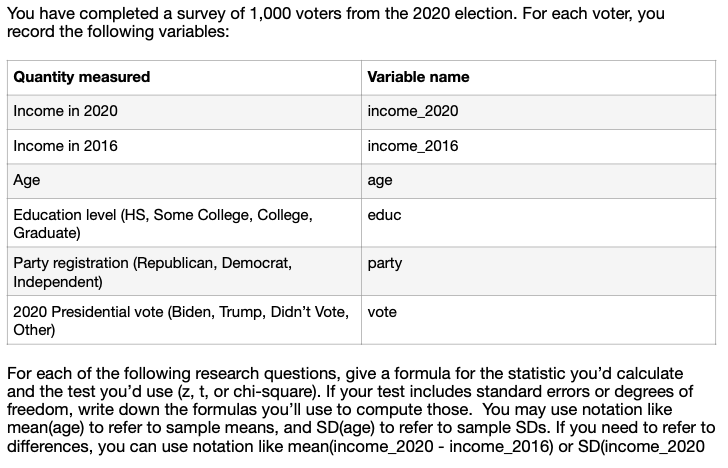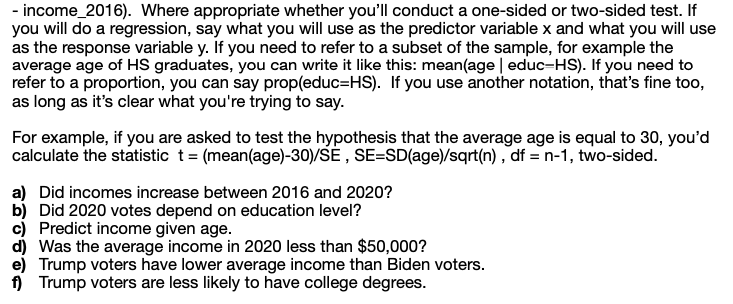Answered step by step
Verified Expert Solution
Question
1 Approved Answer
Question below: You have completed a survey of 1,000 voters from the 2020 election. For each voter, you record the following variables: Quantity measured Variable
Question below:


Step by Step Solution
There are 3 Steps involved in it
Step: 1

Get Instant Access to Expert-Tailored Solutions
See step-by-step solutions with expert insights and AI powered tools for academic success
Step: 2

Step: 3

Ace Your Homework with AI
Get the answers you need in no time with our AI-driven, step-by-step assistance
Get Started


